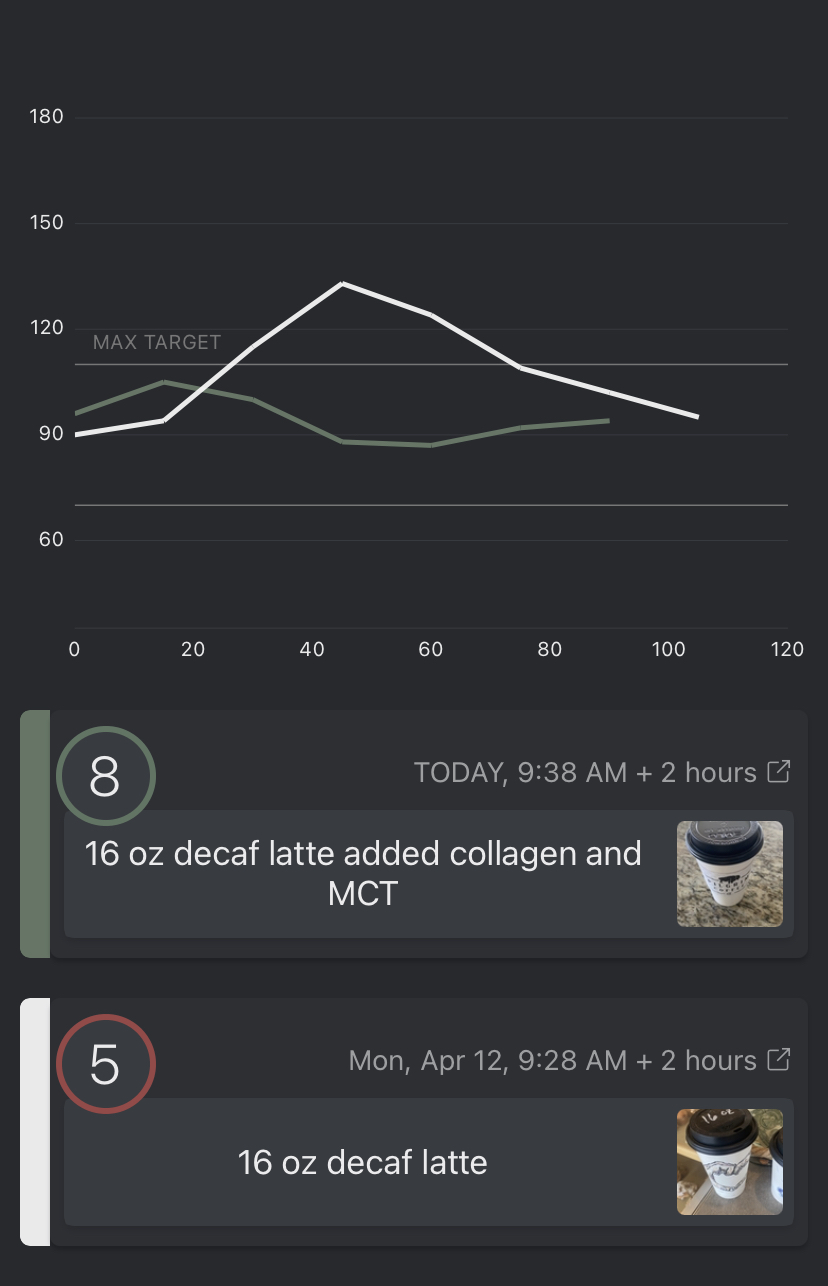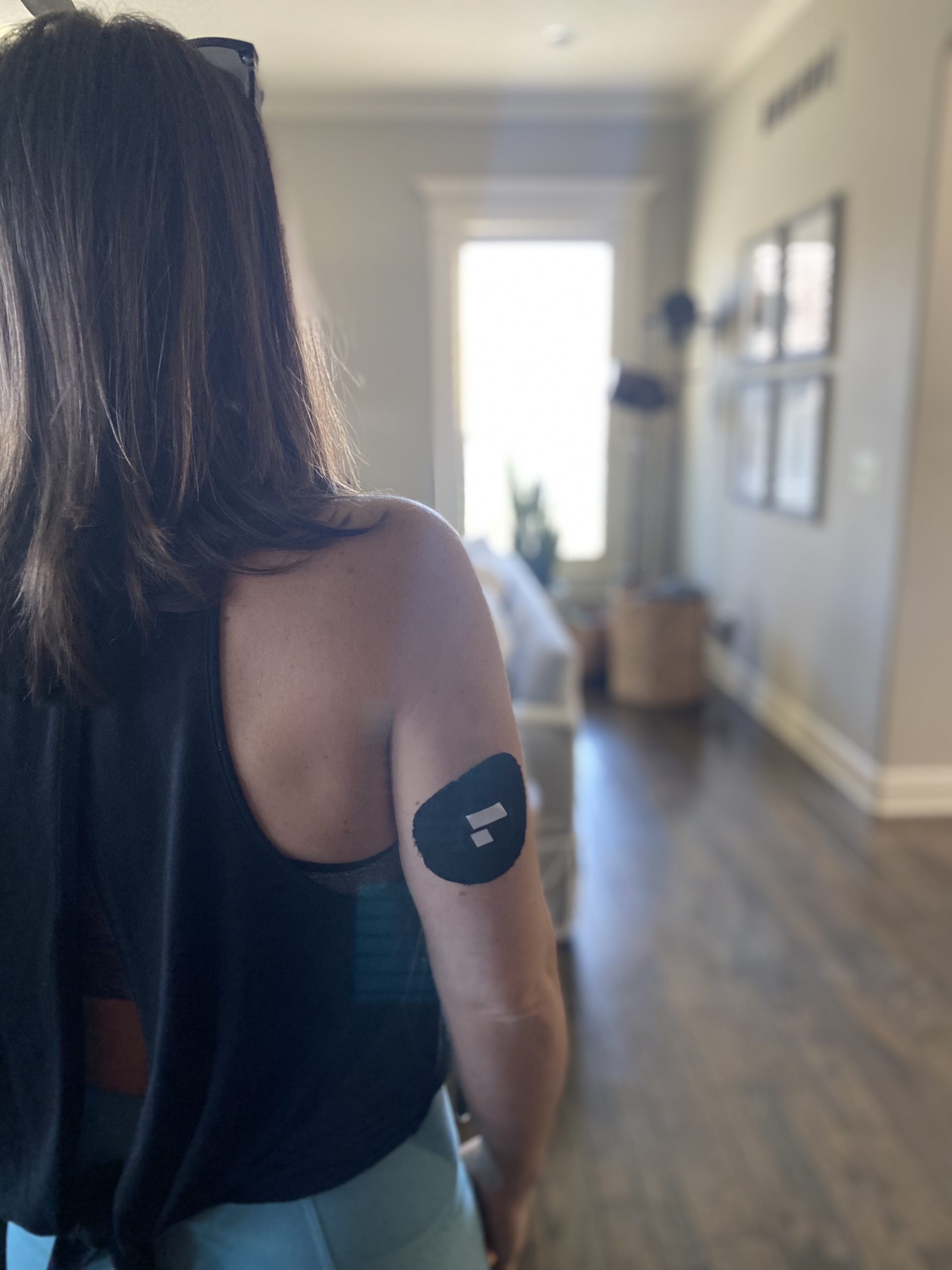I am a firm believer if people focused on supporting their gut and managing their blood sugar, the health crisis we are in would be no more.
Blood sugar management is considered one of the top contributors to metabolic health.
What does metabolic health even mean?
Let’s back up. Metabolic syndrome (the opposite of metabolic health) is defined by the American Heart Association as a cluster of disorders that puts you at greater risk for developing cardiovascular disease, diabetes, stroke and diseases related to fatty buildups in artery walls.
Metabolic health is defined as having ideal levels of blood sugar, triglycerides, high density lipoprotein (HDL) cholesterol, blood pressure and waist circumference without using medications.
According to data from the National Health and Nutrition Examination only 12% of Americans are metabolically healthy.
Worse yet, is the amount of people that are in a prediabetic stage, meaning they may not have symptoms or aren’t diagnosed with diabetes yet but on the road there.
According to the CDC, more than 1 in 3 American adults have prediabetes and more than 84% don’t know they have it yet.
How do people get to the prediabetes stage?
Let’s start with talking about some basics.
When you eat, your body breaks down the food through a digestive process that starts with that very first bite.
Each macronutrient (protein, fat, carbohydrates) breaks down into different components so they can be utilized by the body. In this article, we are going to focus specifically on carbohydrates.
When you eat a meal that has carbohydrates in it, your body breaks down the carbohydrate into glucose. The stomach and small intestine absorb the glucose and release it into the bloodstream.
When glucose enters the bloodstream, a hormone called insulin is released from the pancreas and insulin’s main job is to keep an appropriate amount of glucose circulating in the bloodstream for energy and take the rest out and store it away into the cells.
If we consume more glucose than we need, the body stores the extra in the muscles and liver as glycogen or can convert it to triglycerides and store it in fat cells.
If we are constantly feeding the body high doses of glucose, this creates a build up of sugar in the bloodstream. The body continues to produce more and more insulin in an attempt to normalize the blood sugar levels. Eventually the body can’t keep up and ends up ignoring the insulin signals and insulin resistance develops. This is when prediabetes and eventually diabetes develops (known as type two diabetes).
Am I anti-carb?
Not at all. Fruits, grains, legumes and probably in my opinion the most important – vegetables are all sources of carbohydrates.
So how do you eat carbs and not have blood sugar issues?
We need to talk about quality and food pairing.
The goal is your body has a steady blood sugar curve, meaning very little spikes (which are always followed by drops). With frequent highs and lows, your body is constantly calling on insulin to deal with the highs, then when you have the lows you are left feeling weak, jittery, tired, irritable, sluggish and you guessed it hungry. Your body then wants you to eat again because it has run out of fuel and energy sources.
So how do we eat carbs and avoid huge spikes?
Complex carbohydrates, those loaded with fiber, are going to steady that glucose spike and slow down the release of insulin. Also, paring carbohydrates with quality fat and or protein will help.
Personally, I know general nutrition practices and principles, but at the end of the day each person is different and there is no one size fits all approach. I recently decided to wear a continuous glucose monitor for one month to not only maximize my own bio-individualized needs, but also to test some of these tried and true recommendations to make sure they were in fact doing what I was expecting them (and teaching others) to do.
Data doesn’t lie. I will share more on this in a bit but first…..

Tips for managing blood sugar
Start with the basics.
Beginning your day with a quality protein and quality fat heavy breakfast. If you want some carbs, make sure to also have protein and fat. A smoothie is a really great way to do this or if you can tolerate eggs, eggs with some sauteed veggies and avocado is great. Add in some fermented sauerkraut as a bonus.
Focus on complex carbs over simple (processed, refined) and don’t drink your carbs.
Make sure your meals have protein, fat and fiber to slow the blood sugar peak and make a more gradual decline. Use my Kitchen Sink Belly Bowl as a template.
Encourage a 12 hour window (minimum) of not eating after dinner until the next day. This allows your body time to adequately digest the last meal, and then focus on other necessary healing and repair, along with improving insulin sensitivity.
Keep in mind, your blood sugar doesn’t happen in a vacuum. It is affected by many different things including sleep, stress, movement, caffeine, and hydration. For example, eating pizza and taking a nap will provide a much different result than eating pizza and going for a walk.
2.0 Blood Sugar Balancing Tips
Incorporate cinnamon to help balance blood sugar.
Consume apple cider vinegar which can help increase muscle uptake of glucose (getting it out of the blood stream and lowering your blood sugar). I drink this concentrate mixed in water + also love this brand’s capsule supplement that can be taken 30 minutes before a meal.
*Use code embrace for 15% off the concentrate if interested in trying yourself. Supplement link also offers 15% off automatically.
Don’t drink a ton of water during your meal. This can impact the digestive process by diluting the acid in the stomach but also studies have shown drinking a lot of water with a meal can cause an increase in the peak of glucose and insulin after a meal.
The order of the meal may also play a role. If you have a starchy meal, focusing on the protein or fat first may slow the blood sugar spike.
So what were my results?
The proof is in the pudding.




As mentioned I wore this monitor continuously for 4 weeks, so this is just a brief snap shot of some of the practices I mentioned in action.
First image: a store bought latte as is compared to the same latte with added collagen and MCT oil powder as a protein and fat source.
Second image: plain banana compared to banana with peanut butter as protein and fat source.
Third image: a local taco place near us with corn shell tacos, fish and slaw compared to same tacos with added avocado as fiber and fat source.
Fourth image: my homemade ramen bowl as is compared to my same bowl and taking an apple cider vinegar supplement 30 minutes before.
Additional items to pay attention to….
- 10 is the highest score
- Ideally aren’t ever getting out of range, noted by Max Target
- Line is as straight as possible (won’t have those highs and lows of energy, hunger, insulin release, etc)
I don’t think this is an avenue everyone needs to take, but I do think it is a valuable tool if you want to geek out like me. It really helps you figure out what YOUR body needs. It also provides you food freedom. During this month, I ate pizza, tacos, wine, even a birthday donut with my son and was able to track how it affected me and learn ways to tweak it to improve my score.

